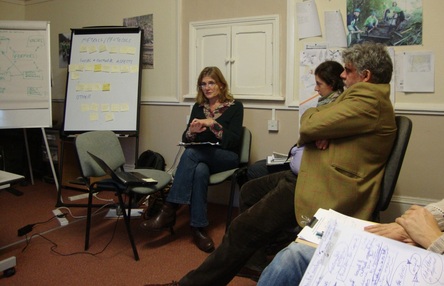 Farming Research meeting at the Permaculture Association HQ (Hollybush Conservation Centre, Leeds)
Farming Research meeting at the Permaculture Association HQ (Hollybush Conservation Centre, Leeds) Last week I attended a meeting of people from all over the UK who are interested in research relating to using Permaculture Design in farming, with the aim of the day being to generate some real plans for taking research ideas forward. Although I was the only farmer there (other's had been invited but were unable to attend), I gained a vast amount of motivation. knowledge and enthusiasm from the incredibly diverse and expert researchers and academics attending, along with several of the Permaculture Association staff and interns too. I had expected the day to be mainly about 'measuring kinds' of scientific study, but was reassured to find that qualitative subjects (an example I talked to several people about, was about collecting and documenting stories from older hill farmers) was seen to be just as relevant as quantitative ones, (for example, measuring carbon or species diversity with various systems of grazing).
I've been interested in research for a long time, and as a nurse very much valued and enthused about the part it plays in making positive change in all aspects of nursing practice and health care. I was actually all set to commence my own research in palliative care nursing through undertaking a PhD, when I made a the decision to venture down the path of further permaculture related learning instead. (yey!)
So here I am now, actively becoming involved with looking at what research is going to provide the evidence to take Permaculture Design in farming forward. Together with inspiration I took from a workshop run by Chris Warburtun-Brown (research co-ordinator at the Permaculture Association) at last years National Diploma Gathering, reflecting on the meeting last week has very much generated some ideas about trying to link in aspects of evidence recording and disseminating outcomes into most of my Portfolio work, not just the farming related designs. In particular I have been thinking about how I (and others) evaluate my designs (or parts of my design), and how this could be structured to give some meaningful data or feedback which could be used by others.
For anyone else interested in learning more about Permaculture and research, there is a section of the Permaculture Association website dedicated to telling you more. A 'Research Handbook' for those using Permaculture Design in their lives and work is also in the process of being written. More information about this will be available in the above link, when it is finished.
I've been interested in research for a long time, and as a nurse very much valued and enthused about the part it plays in making positive change in all aspects of nursing practice and health care. I was actually all set to commence my own research in palliative care nursing through undertaking a PhD, when I made a the decision to venture down the path of further permaculture related learning instead. (yey!)
So here I am now, actively becoming involved with looking at what research is going to provide the evidence to take Permaculture Design in farming forward. Together with inspiration I took from a workshop run by Chris Warburtun-Brown (research co-ordinator at the Permaculture Association) at last years National Diploma Gathering, reflecting on the meeting last week has very much generated some ideas about trying to link in aspects of evidence recording and disseminating outcomes into most of my Portfolio work, not just the farming related designs. In particular I have been thinking about how I (and others) evaluate my designs (or parts of my design), and how this could be structured to give some meaningful data or feedback which could be used by others.
For anyone else interested in learning more about Permaculture and research, there is a section of the Permaculture Association website dedicated to telling you more. A 'Research Handbook' for those using Permaculture Design in their lives and work is also in the process of being written. More information about this will be available in the above link, when it is finished.
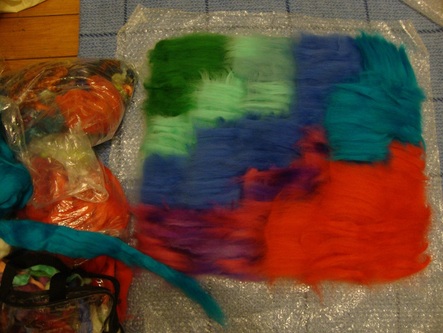
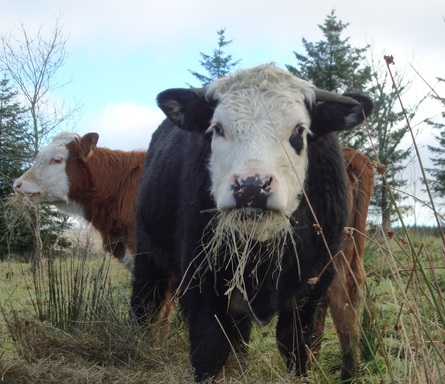
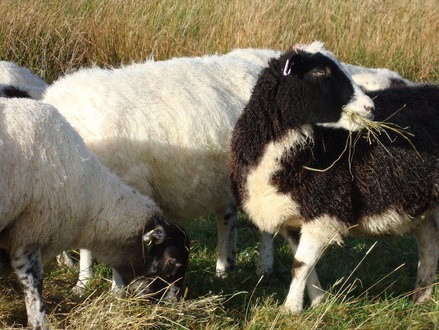
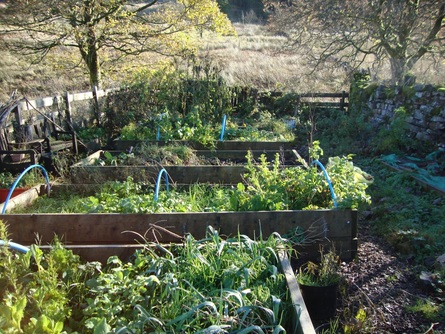
 RSS Feed
RSS Feed